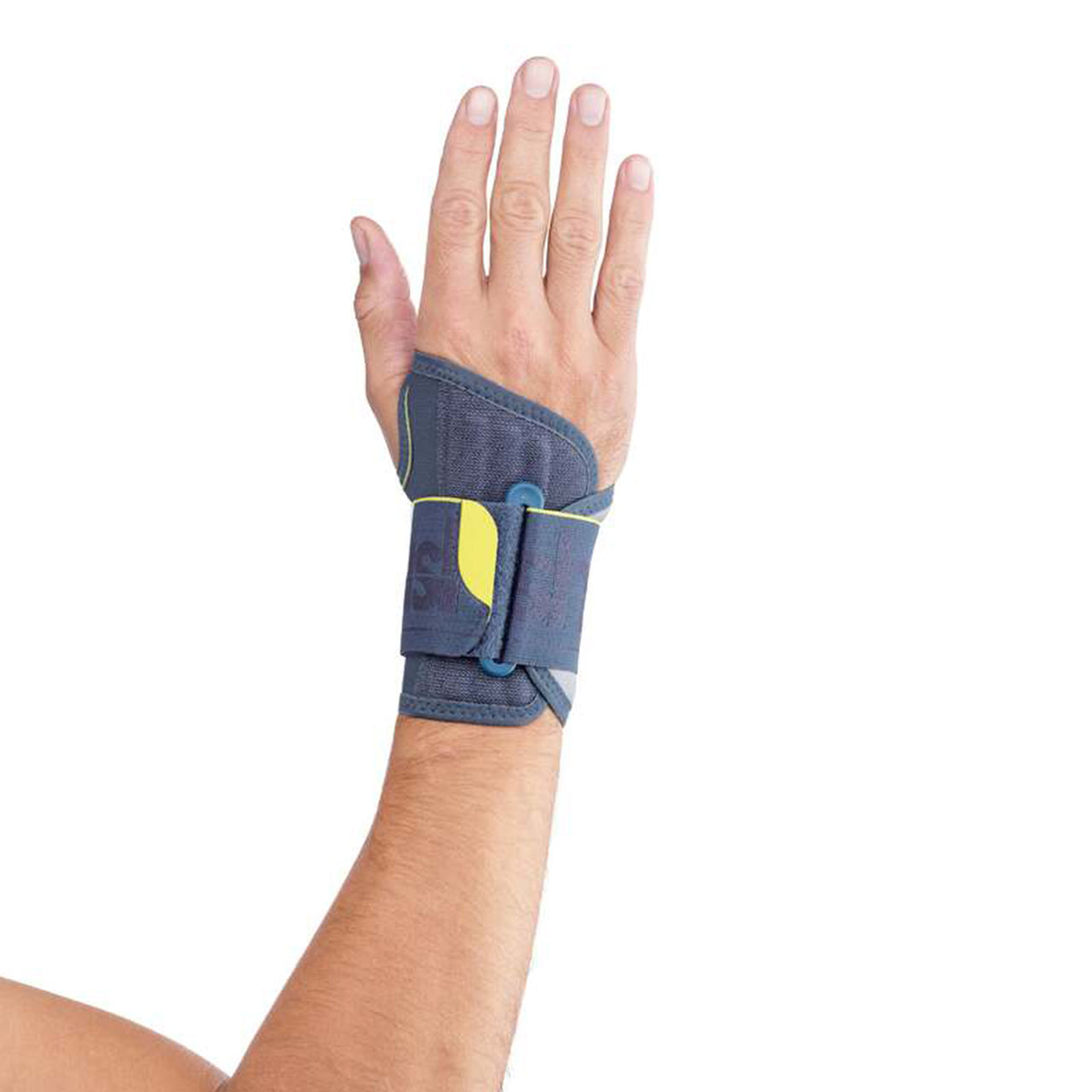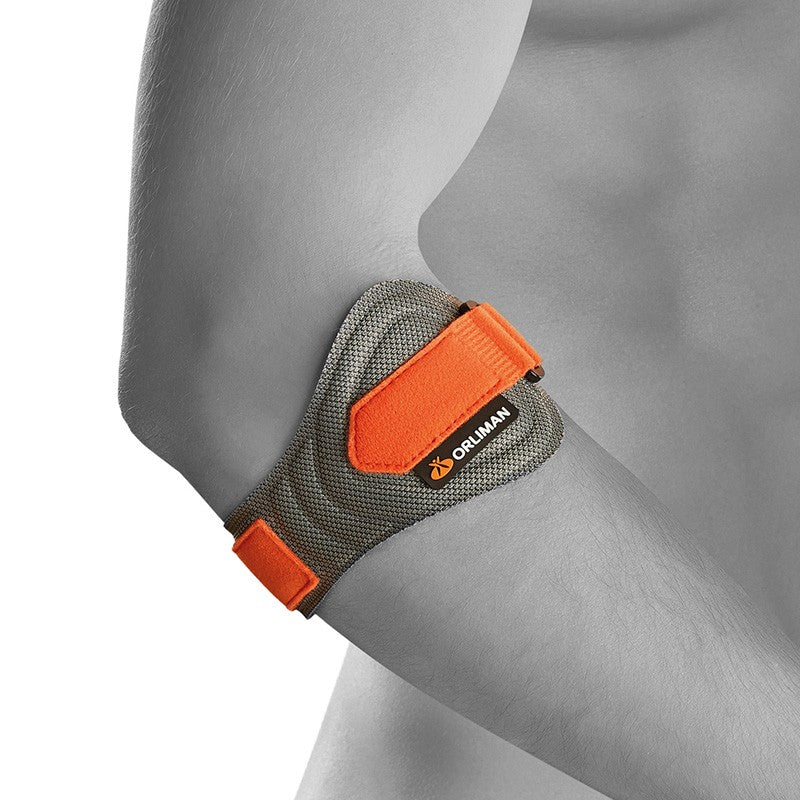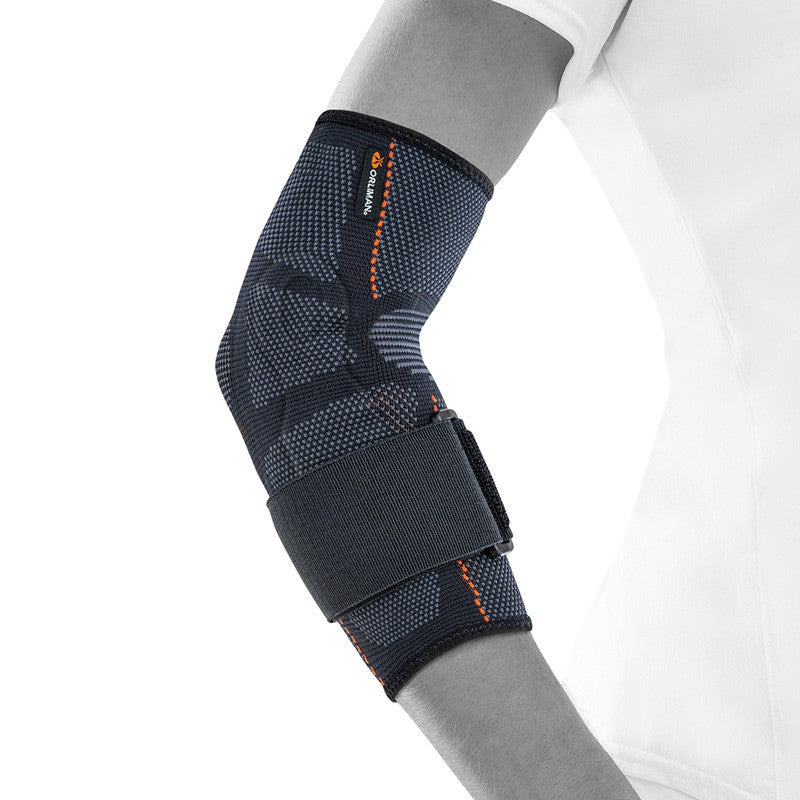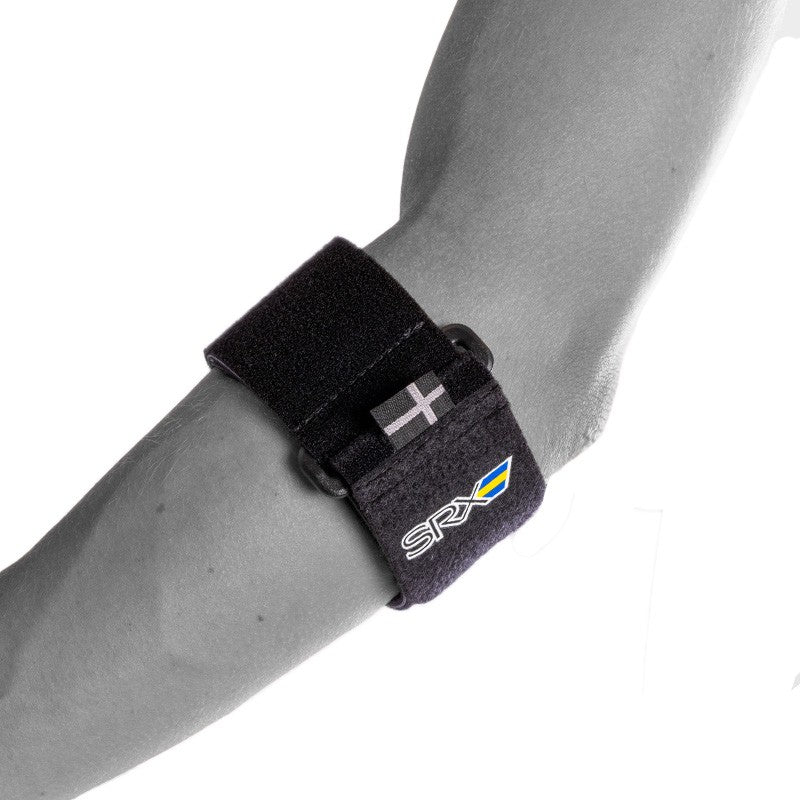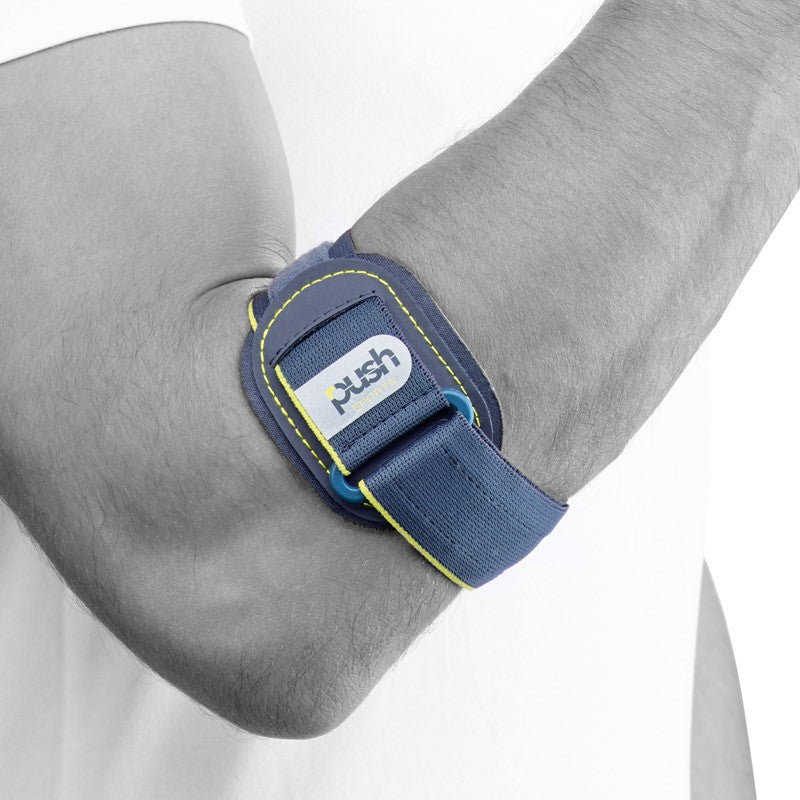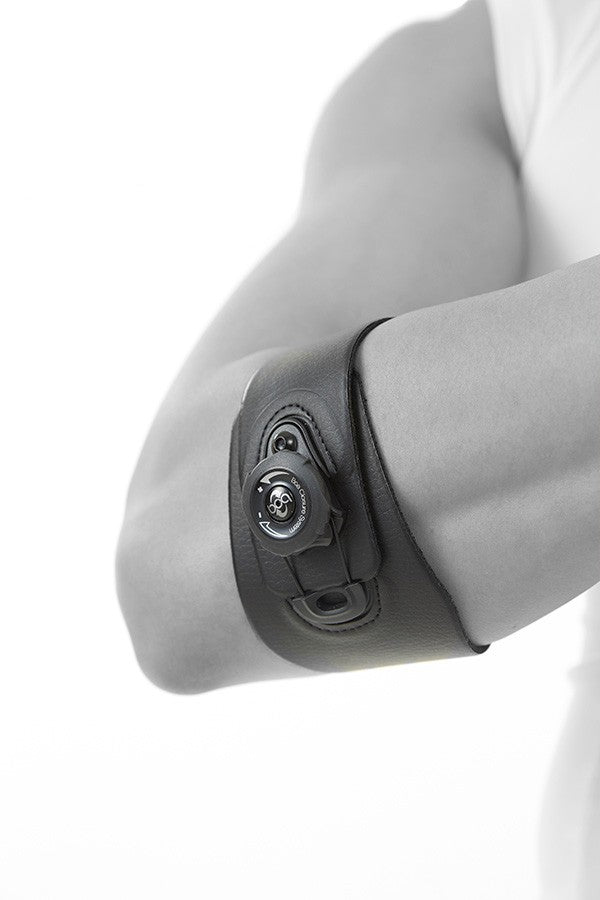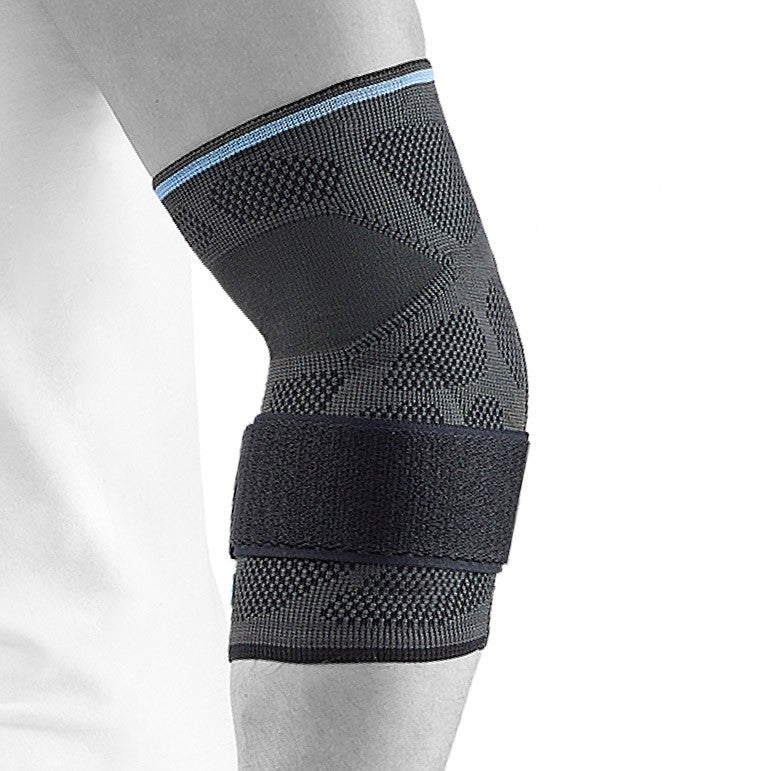Mouse Arm – Causes, Symptoms and Ergonomic Solutions
Mouse elbow, or lateral epicondylitis, is a painful condition that affects the tendon attachment on the outside of the elbow. The problems usually occur after prolonged work at a computer with a mouse, where the hand and wrist are stressed on one side. Mouse elbow and tennis elbow are the same injury, but with different triggers – mouse elbow is particularly common in office environments.
What is mouse arm?
Mouse elbow is an inflammation of the tendon attachment on the outside of the elbow, where the extensor muscles of the forearm attach. The pain often radiates from the elbow into the forearm and worsens with strain. Although the problem is located in the elbow, repetitive movements of the hand and wrist are the most common cause.
Common causes & risk factors
Mouse arm almost always occurs due to one-sided movements in connection with computer work. Prolonged work with a bent wrist over the computer mouse, combined with small repeated movements, leads to overload. A poorly adapted work environment with the wrong height of the desk or chair increases the risk even more. People between the ages of 30 and 50, and especially those who use the computer mouse for many hours daily, are particularly at risk.
Symptoms
- Dull or sharp pain on the outside of the elbow
- Tenderness when pressed over the inflamed tendon attachment
- Some stiffness in the elbow joint
- Perceived weakness in the hand and wrist
- Pain that worsens when working with a computer mouse
When should you seek medical attention?
If the pain does not improve after self-care with ergonomic adjustments and relieving protection measures within a few weeks, you should contact a healthcare provider or physiotherapist for further investigation.
Recommended protection & support
Relief is a central part of rehabilitation. A mouse arm brace, placed just below the elbow, reduces the strain on the tendon attachment and relieves pain. Wrist supports can also help relieve the pressure on the forearm and reduce the risk of incorrect strain when working on a computer. Ergonomic aids, such as a vertical mouse or adjustable workstation, are often an important part of treatment. Stretching and exercises for the forearm can further enhance the healing process. See all our Mouse Arm protectors here.
About Our Injury Guide – quick guidance in case of complaints
In our Injury Guide, you will receive clear and easy-to-understand information about common injuries, how they occur and what symptoms usually occur. You will also receive recommendations on which protection and aids can relieve your discomfort and help you further in your rehabilitation. All information is based on expert knowledge from our licensed physiotherapist.
For more information about arm and elbow problems, you can read more in the Injury Guide Arm, and you can also go to the Injury Guide main page to read about other injuries and symptoms.
Related injuries:
Find the right protection for your needs
There are several ways to find the right product on our website. For a more personalized selection, you can use our filters and sort by injury, body part or sport. You can also get help from our AI assistant Eir, who is trained on all the content on our website and can help you with product recommendations, fit questions and order-related concerns – 24/7. If you would rather speak directly to our licensed physiotherapist, Ida, you can reach her via email or phone for personal advice and support in your product selection.

